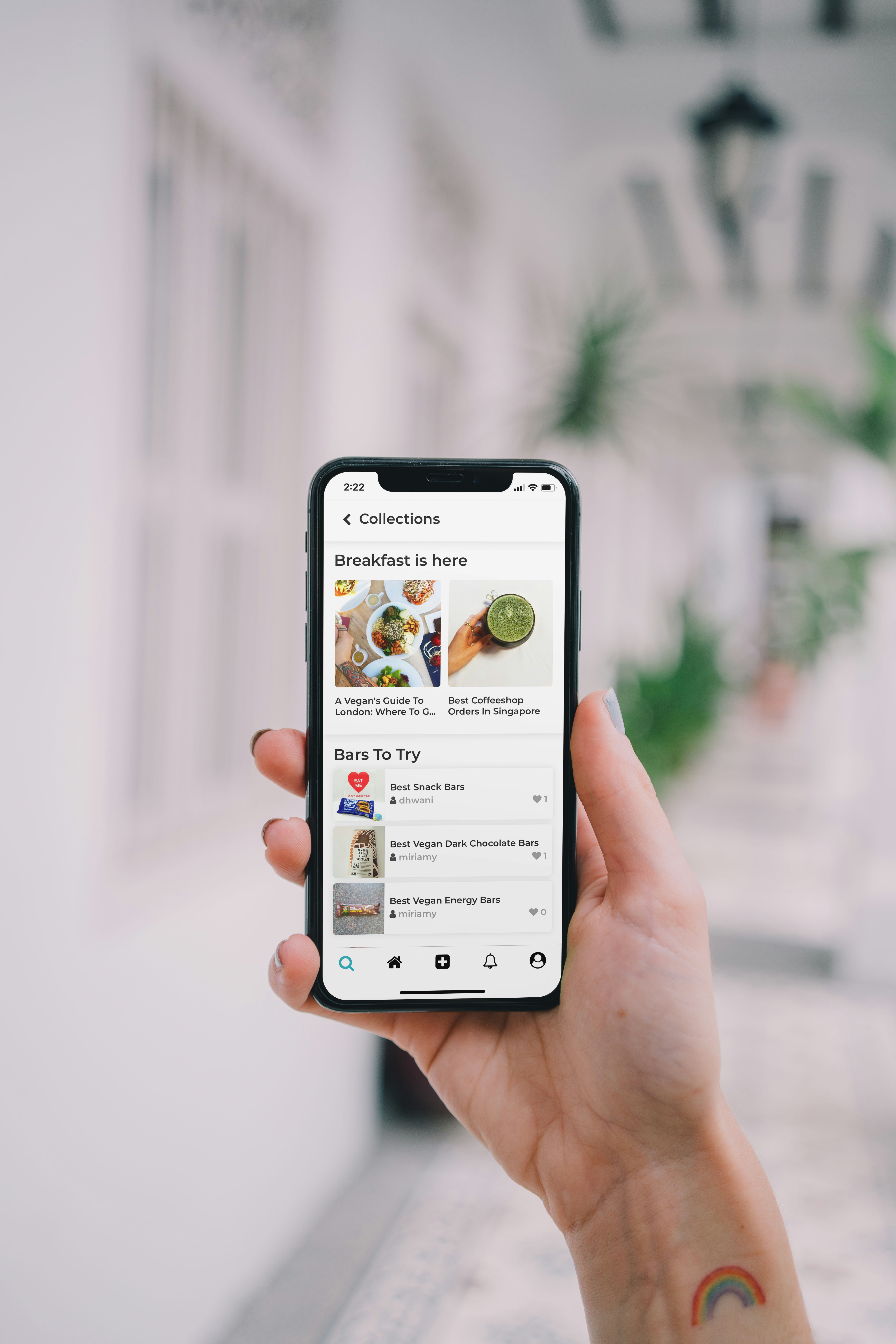Freemium is not a business model, it's an acquisition strategy
Freemium is an ubiquitous tactic in today's competitive digital landscape, but is it genuinely a business model?
Introduction
The freemium model has become a popular strategy for customer acquisition in today’s competitive digital landscape.
Offering a free version of a product or service can undoubtedly attract a large user base, but it is essential to understand that freemium is not a business model in itself.
Instead, it serves as a powerful tool for customer acquisition.
In this article, we will explore why freemium is not a business model and its importance in creating a growth loop that can lead to revenue generation.
Understanding Freemium as an Acquisition Strategy
Freemium is a marketing and acquisition strategy that aims to entice users to try a basic version of a product or service for free, with the option to upgrade to a premium version with additional features or benefits at a cost.
The primary goal of the freemium model is to attract a broad user base and create a large pool of potential paying customers.
The Challenges of Freemium: Retention and Conversion
While acquiring free users may be relatively easy, the real challenge lies in retaining them and converting them into paying customers.
It is crucial to carefully plan and execute strategies to nurture free users, demonstrating the value of the premium offering and enticing them to make the leap to becoming paying subscribers.
The Importance of Scalability
One of the significant risks associated with freemium is scalability.
As more free users sign up, the demands on the infrastructure and resources of the business increase. If the infrastructure is not equipped to handle a substantial influx of users without generating significant revenue, it could lead to financial strain and hinder the company’s growth prospects.
Creating a Growth Loop through Freemium
To ensure that freemium is a viable acquisition strategy, businesses must focus on creating a growth loop.
A growth loop is a cycle where each free user contributes to acquiring several new users. If, on average, every existing free user invites and onboards five new users, the potential for exponential growth becomes evident.
Leveraging Data and Analytics
Data and analytics play a crucial role in making freemium successful.
Analyzing user behavior, engagement patterns, and conversion rates can provide valuable insights into refining the product, optimizing the freemium offering, and enhancing the user experience.
Balancing Value and Upsell Opportunities
A well-executed freemium strategy strikes a delicate balance between delivering enough value in the free version to engage users and showcasing the benefits of the premium offering to encourage conversions. Upsell opportunities, such as limited-time promotions or exclusive features, can be used strategically to convert free users into paying customers.
Conclusion
In conclusion, freemium is a powerful customer acquisition strategy, not a standalone business model. It enables businesses to attract a large user base and potentially generate revenue through conversions to the premium version. However, successful implementation requires careful attention to user retention, conversion strategies, and scalability.
By creating a growth loop and leveraging data-driven insights, businesses can unlock the true potential of freemium and drive sustainable growth in the digital landscape.

